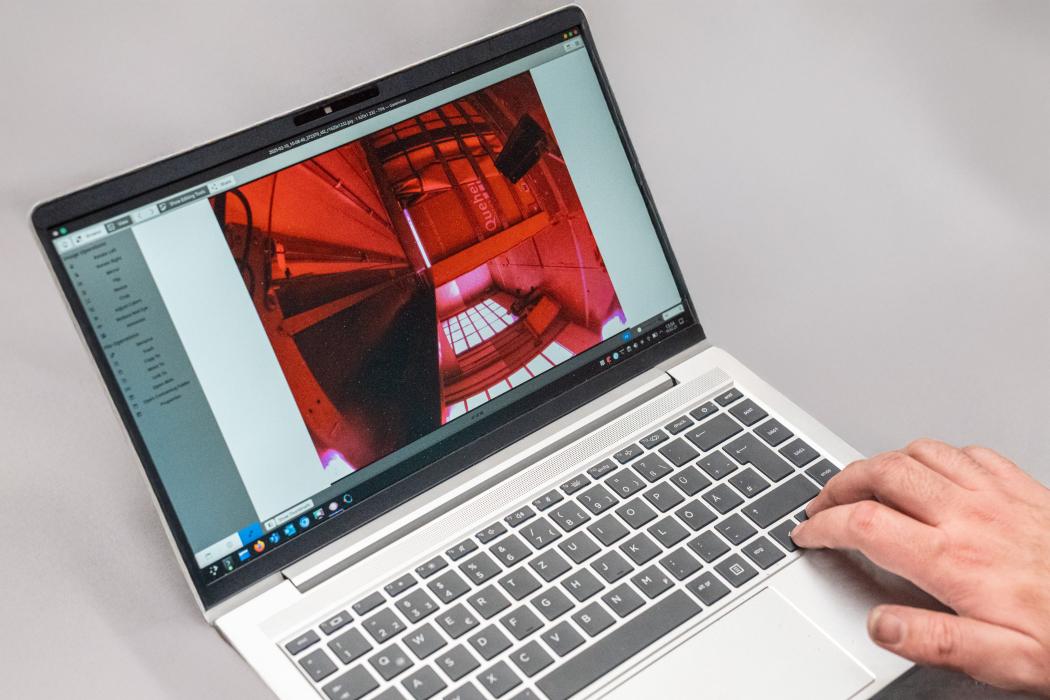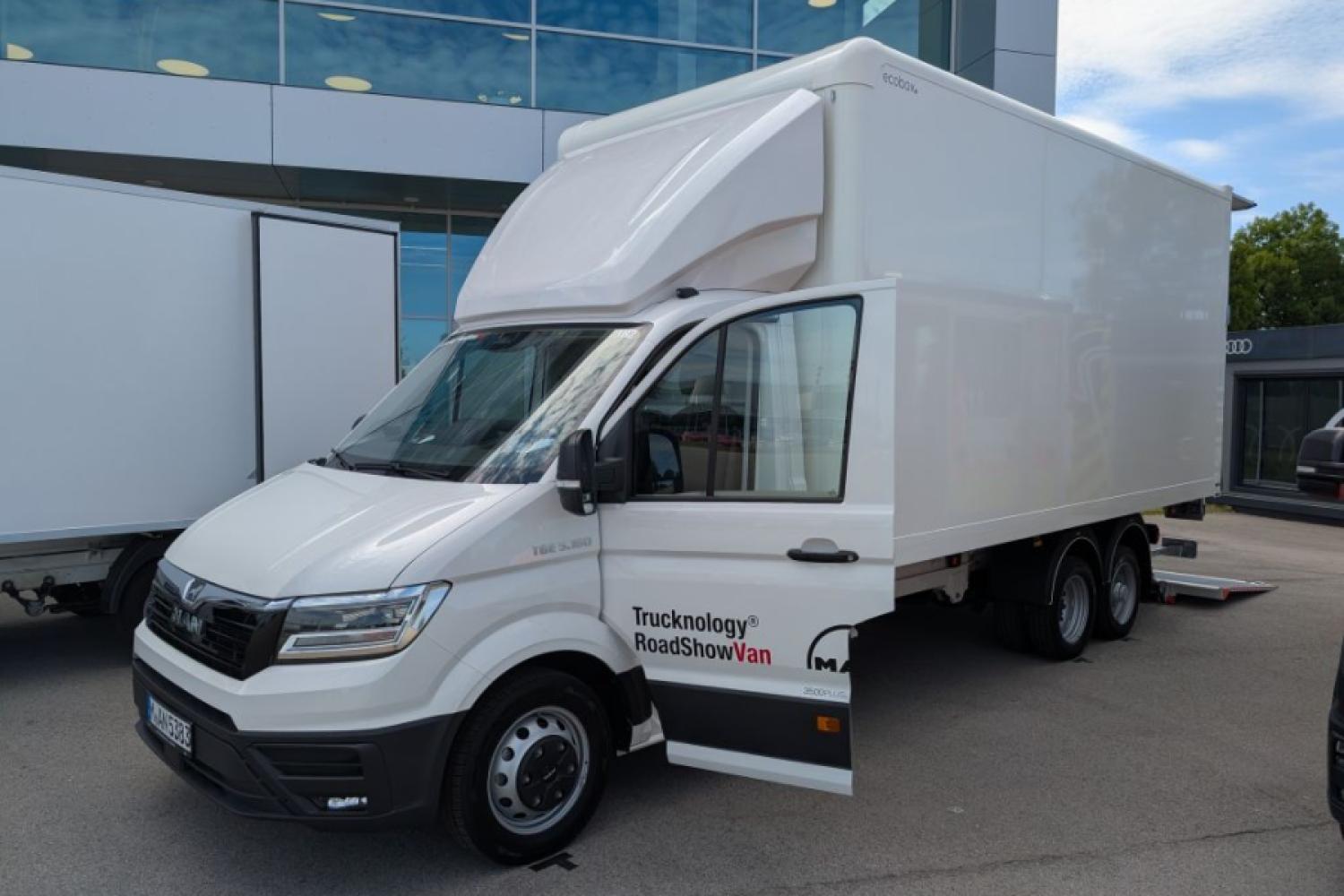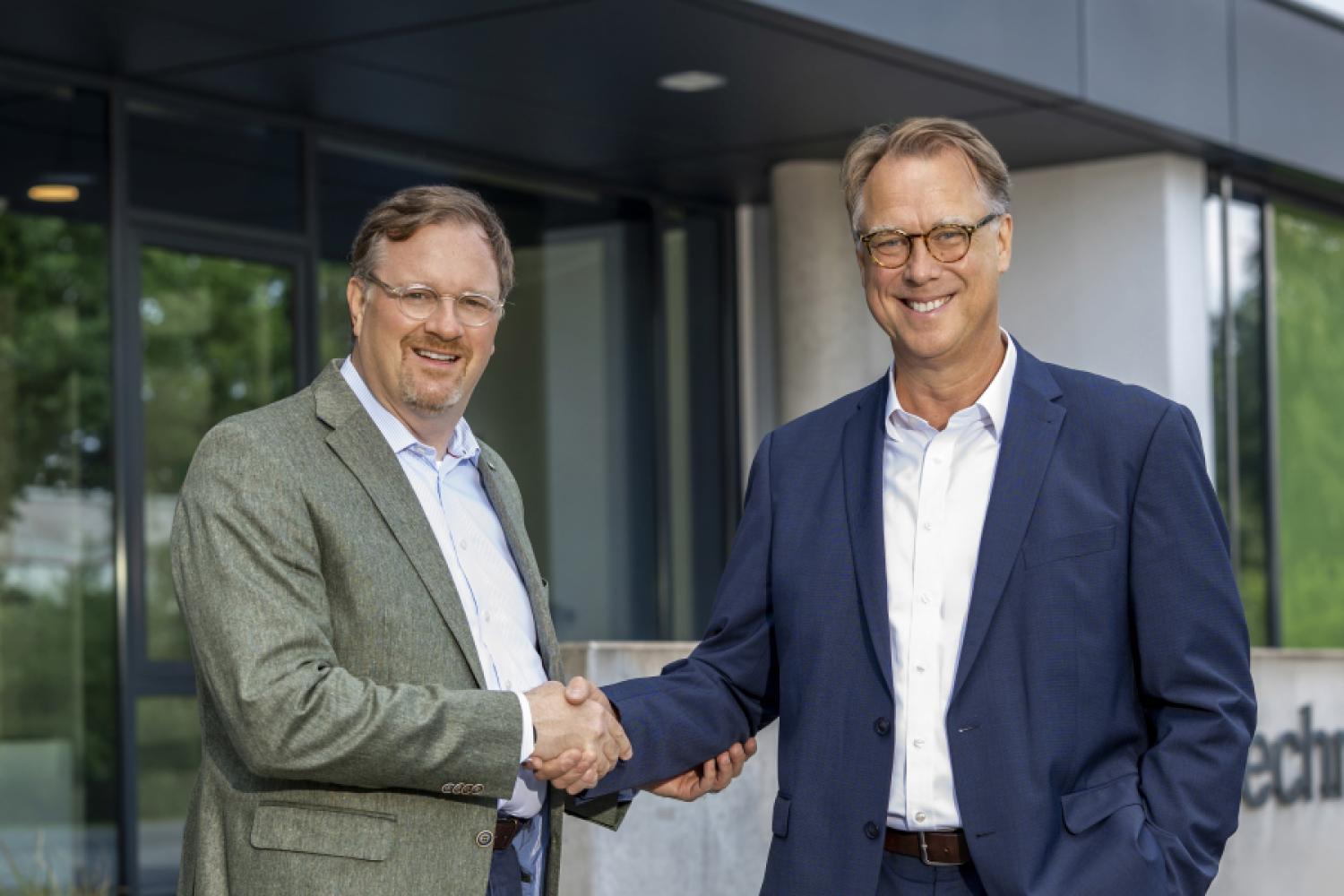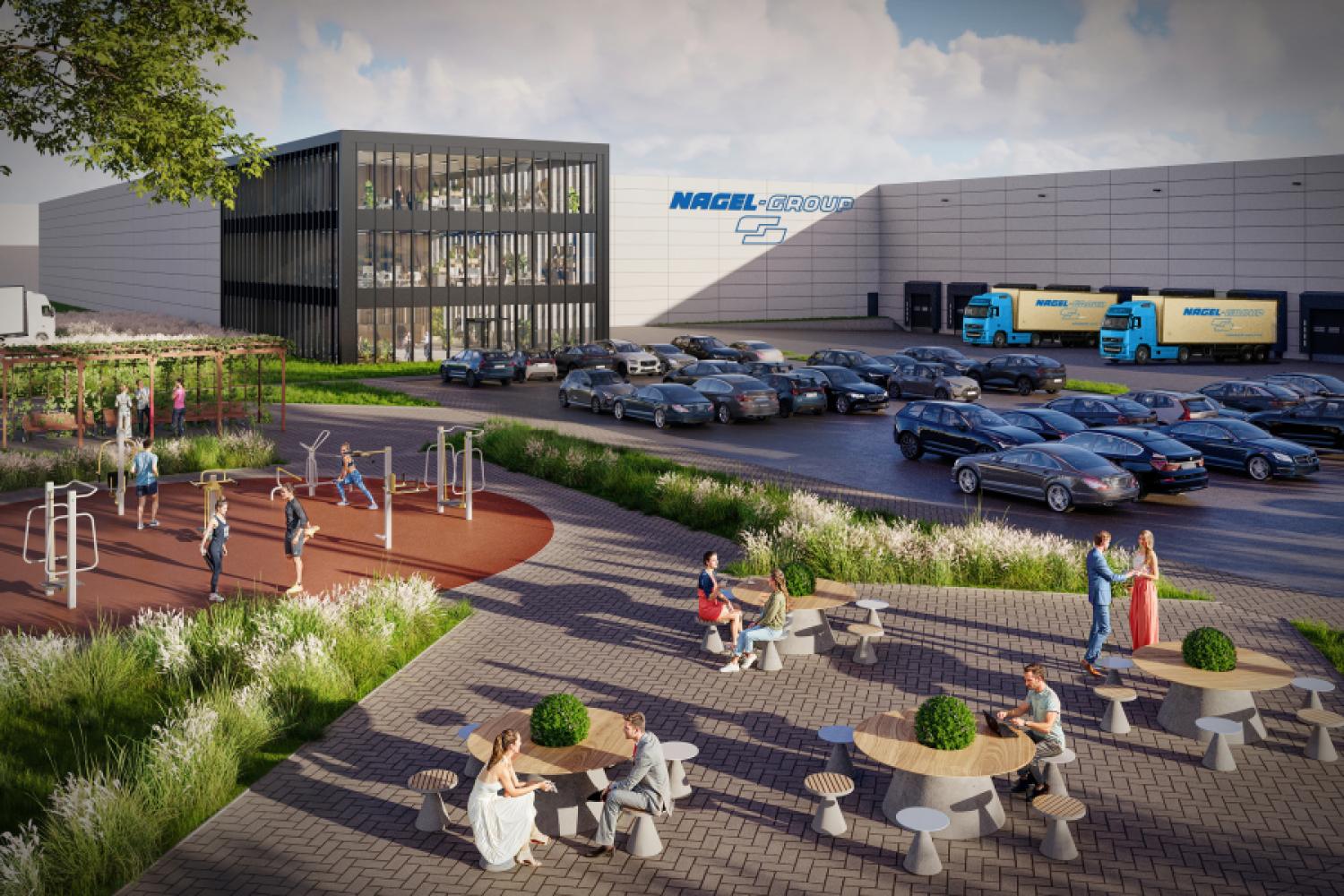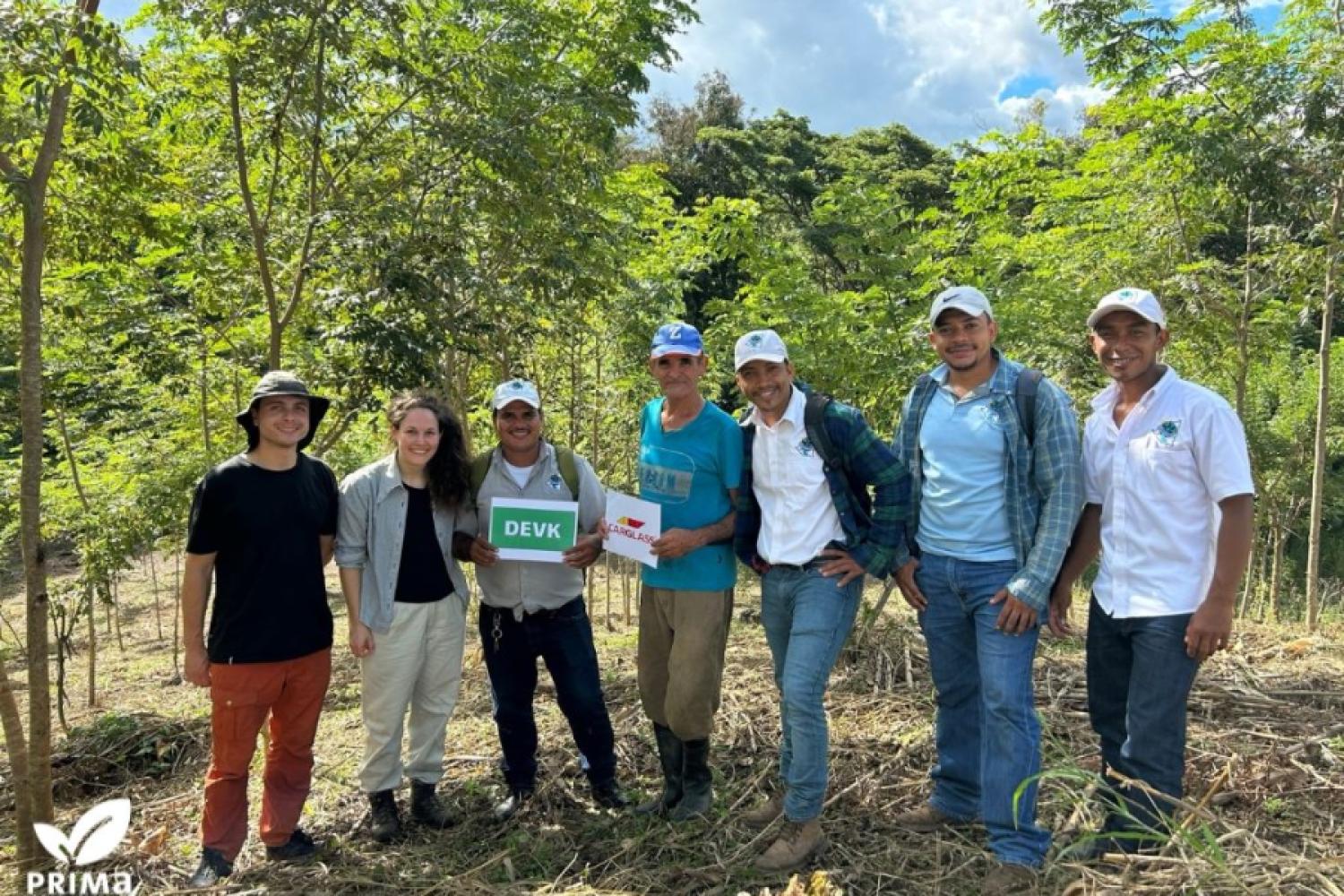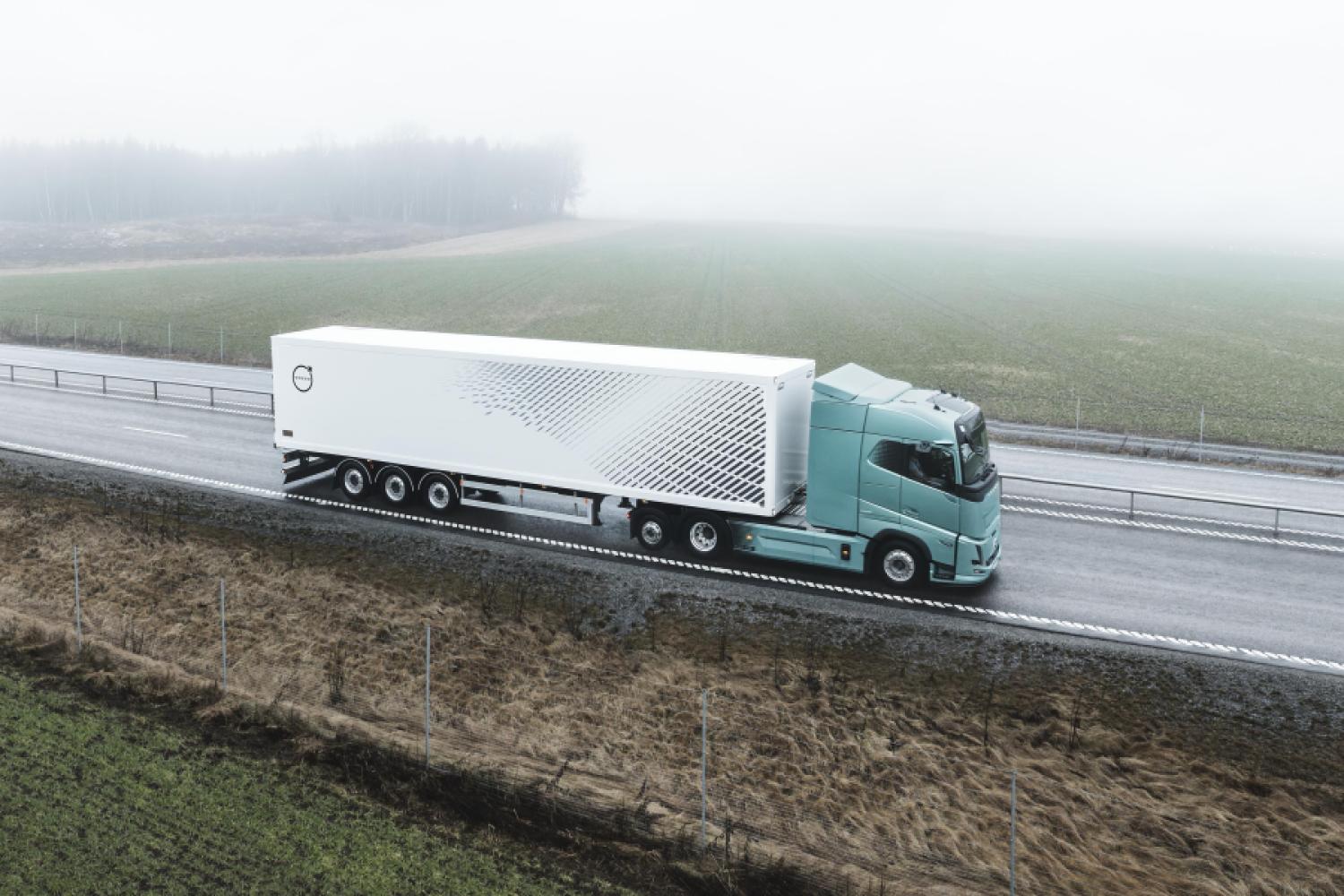In the logistics industry, companies face significant challenges in transporting their goods safely, transparently, efficiently, and sustainably. Cargo theft and unused cargo space cause financial losses and affect the entire supply chain. The logistics service provider Quehenberger relies on artificial intelligence to overcome these challenges and increase security and sustainability in the road transport sector. This is according to a press release from the company.
Modern cameras and intelligent software directly in
the trailers monitor the cargo and optimize the cargo space. For the pilot phase, Quehenberger is initially installing AI-controlled cameras on ten internationally operating trailers.
Information in Case of Problems
The cameras scan the interior of the trailers and analyze and aggregate the data in real-time. In case of problems, such as shifted pallets, an alarm is triggered, informing the truck driver and the dispatcher.
Alarm in Case of Theft
The cameras
also detect deviations from the route, unplanned manipulations, or door openings, and even if, for example, the truck's tarp is cut open. In such a case, the AI triggers alarms and informs those responsible.
The camera measures the entire cargo space within the trailer and reports available cargo space, in pallet units, to the dispatcher, according to Quehenberger. The dispatcher can now offer this cargo space on freight exchanges and ideally sell
it while on the move. In a second expansion stage, it should be possible for the AI to independently offer the cargo space on the exchanges and find the best possible additional cargo.
“When all systems work together optimally, much is possible: maximum cargo space utilization, the sale of available cargo space on the go, the best possible secured load, and perfect theft protection with minimal resource use,” explains Robert Köbrunner, Head
